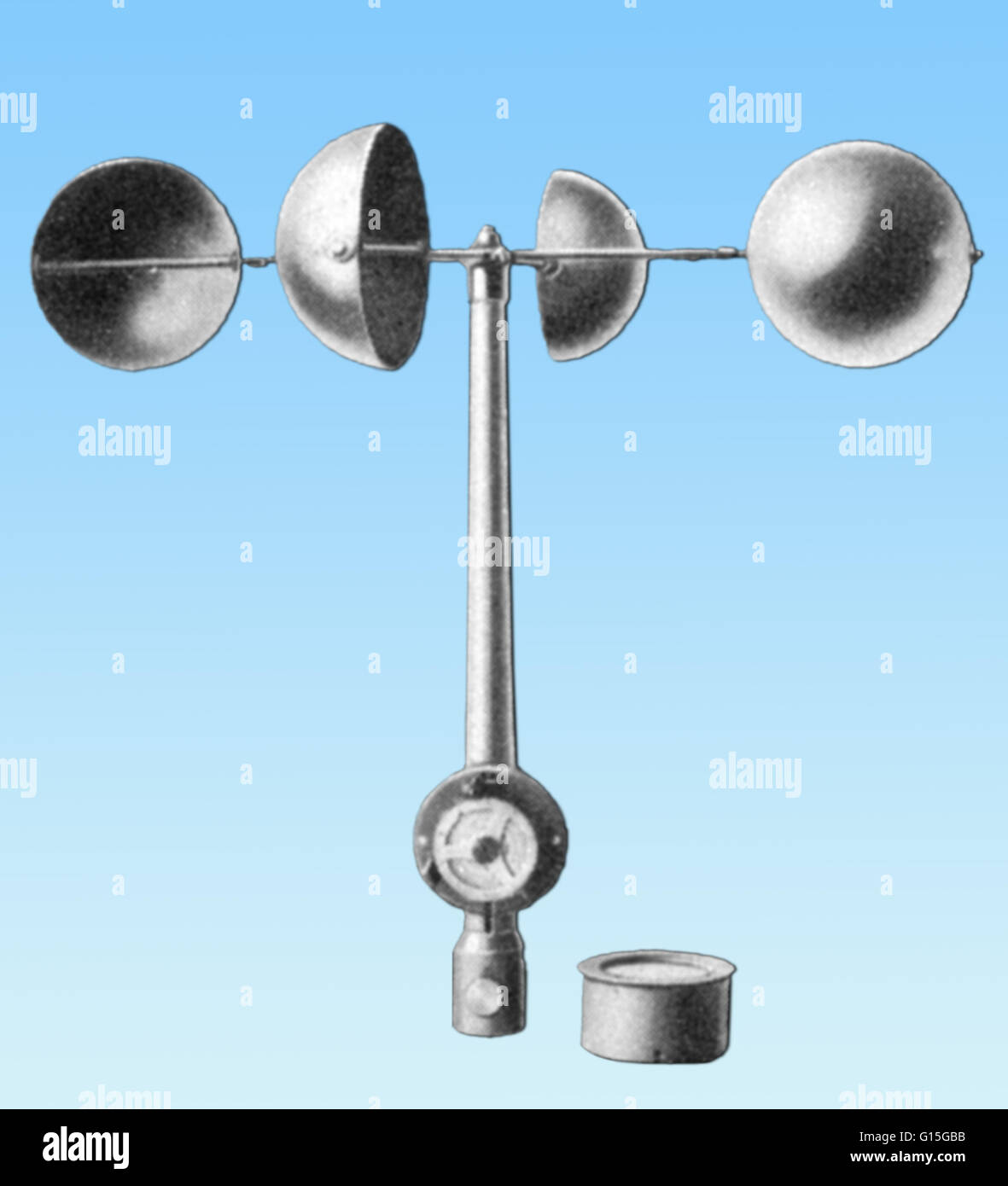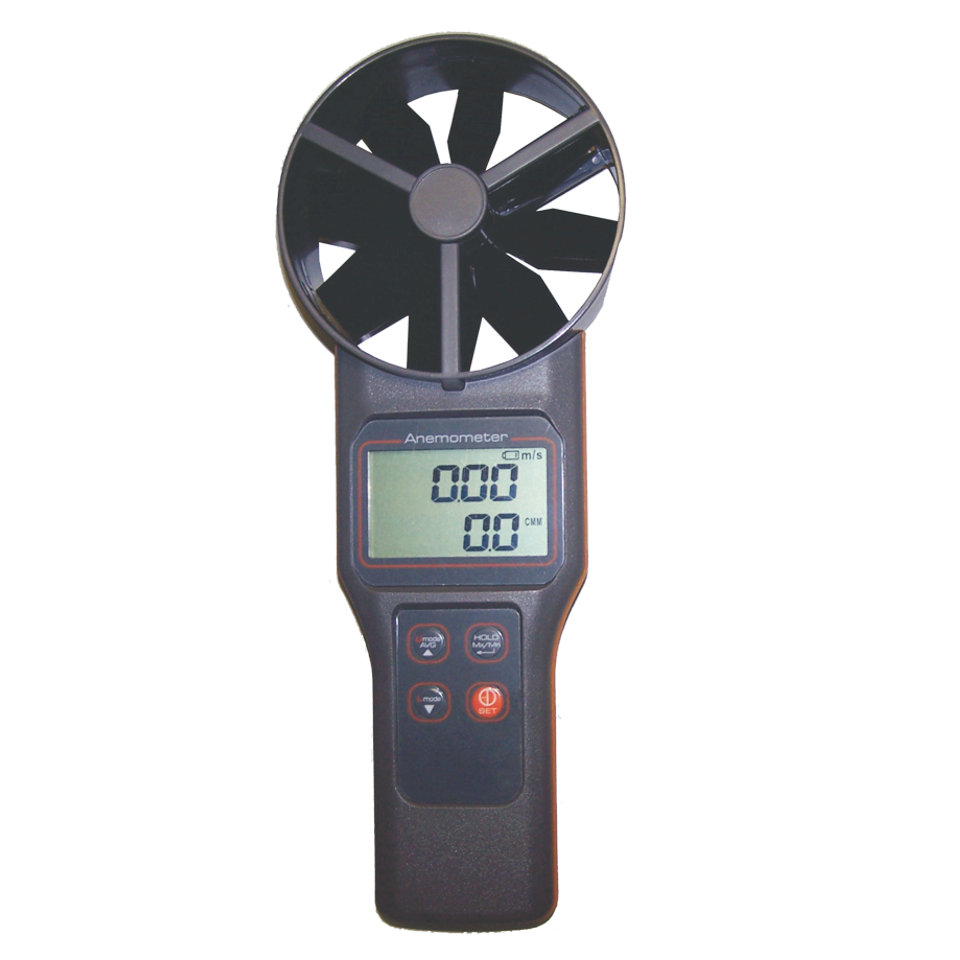How an Anemometer Can Boost Your Weather Tracking System
How an Anemometer Can Boost Your Weather Tracking System
Blog Article
Anemometers Revealed: Comprehending Their Relevance in Environmental Monitoring and Precaution
The role of anemometers in environmental surveillance and security measures is typically undervalued, yet their importance is obvious. From weather forecasting to aviation safety and security, anemometers play an essential duty in offering accurate data that informs decision-making procedures and improves total safety.
Background of Anemometers
The development of anemometers can be traced back to the ancient worlds where rudimentary wind determining gadgets were initial used. One of the earliest well-known anemometers was the hemispherical cup anemometer developed by Leon Battista Alberti in the 15th century.
In the 18th century, the renowned scientist John Thomas Romney Robinson presented the Robinson anemometer, which included four hemispherical cups installed on straight arms that expanded from a central axis. This style came to be a standard in meteorological measurements as a result of its accuracy and reliability. Throughout the years, improvements in modern technology led to the advancement of even more modern-day anemometers, consisting of ultrasonic anemometers and laser Doppler anemometers, supplying boosted accuracy and efficiency in measuring wind speed and direction. The background of anemometers showcases an amazing trip of innovation and development in the area of meteorology.
Kinds Of Anemometers
Throughout the area of meteorology, various kinds of anemometers have been created to accurately determine wind rate and direction. Sonic anemometers make use of ultrasonic signals to measure wind speed and instructions properly. Hot-wire anemometers operate based on the principle that the cooling result of wind on a heated cable is symmetrical to the wind speed.
Applications in Weather Forecasting
Having actually discussed the different kinds of anemometers utilized in meteorology for measuring wind speed and direction, it is necessary to discover their sensible applications in the area. Anemometers play an essential function in meteorology by providing real-time and exact data on wind conditions (anemometer). Meteorologists use anemometers to keep track of wind speed and direction to forecast weather patterns, concern cautions for severe climate occasions like storms, typhoons, and hurricanes, and analyze climatic problems for air travel safety and security
In meteorology, anemometers aid in recognizing neighborhood and regional wind patterns, which are essential for forecasting weather condition changes and figuring out climatic trends. These tools are likewise used in study to research microclimates, metropolitan heat islands, and air contamination diffusion. In addition, anemometers are used in agriculture to optimize plant administration practices, such as watering and pesticide application, based upon wind conditions.
Value in Air Travel Safety And Security
An important aspect of making certain air travel safety depends on the meticulous surveillance of wind conditions making use of anemometers. Anemometers play a crucial function in aeronautics by supplying real-time data on wind speed and instructions, helping pilots in making educated choices throughout flight, landing, and liftoff. Solid and unpredictable winds can considerably impact aircraft operations, making it crucial for aeronautics authorities to depend on exact wind dimensions to ensure the safety of passengers and crew.

In the dynamic setting of aviation, where also small modifications in wind rate and direction can have extensive effects, anemometers stand as indispensable devices for advertising safe and secure and risk-free flight.
Function in Environmental Research Study
How do anemometers add to advancements in environmental research? Anemometers play an important duty in environmental research study by giving crucial data on wind speed and instructions. This details is important for comprehending various atmospheric procedures, such as air contamination diffusion, weather patterns, and environment modification. By properly gauging wind qualities, anemometers assist scientists examine the movement of pollutants in the air, evaluate the effect of commercial exhausts, and predict the spread of pollutants in the setting.


Final Thought
In final thought, anemometers have played a crucial duty in ecological a knockout post monitoring and safety and security procedures. Comprehending the significance of anemometers is essential for properly determining wind speed and instructions, which is vital for forecasting weather condition patterns, guaranteeing risk-free aeronautics procedures, and conducting ecological studies.
One of the earliest recognized anemometers was the hemispherical mug anemometer invented by Leon Battista Alberti in the 15th century. Over the years, innovations in modern technology led to the advancement of even more modern anemometers, consisting of ultrasonic anemometers and laser Doppler anemometers, providing raised precision and performance in measuring wind speed and instructions. Hot-wire anemometers operate based on the concept that the cooling impact of wind on a heated cord is proportional to the wind speed. Meteorologists make use of anemometers to keep track of wind rate and instructions to forecast weather condition patterns, concern warnings for extreme weather events like hurricanes, hurricanes, and storms, and examine atmospheric problems for aeronautics safety.
Recognizing the significance of anemometers is crucial for accurately measuring wind speed and instructions, which is important for anticipating climate patterns, ensuring safe aviation operations, and conducting environmental research studies. (anemometer)
Report this page